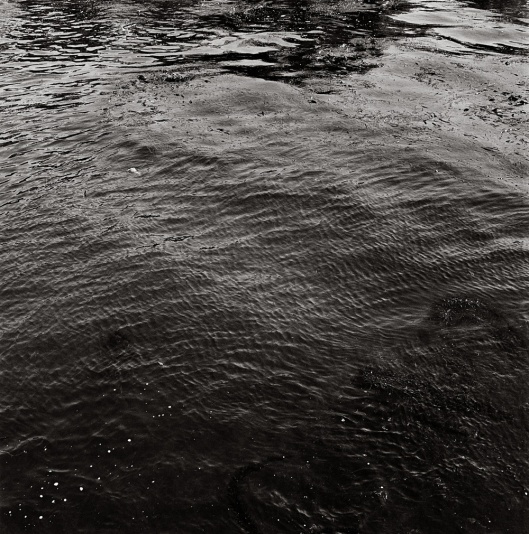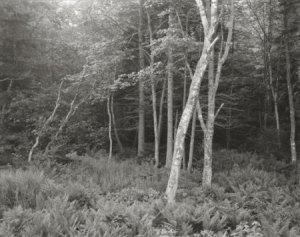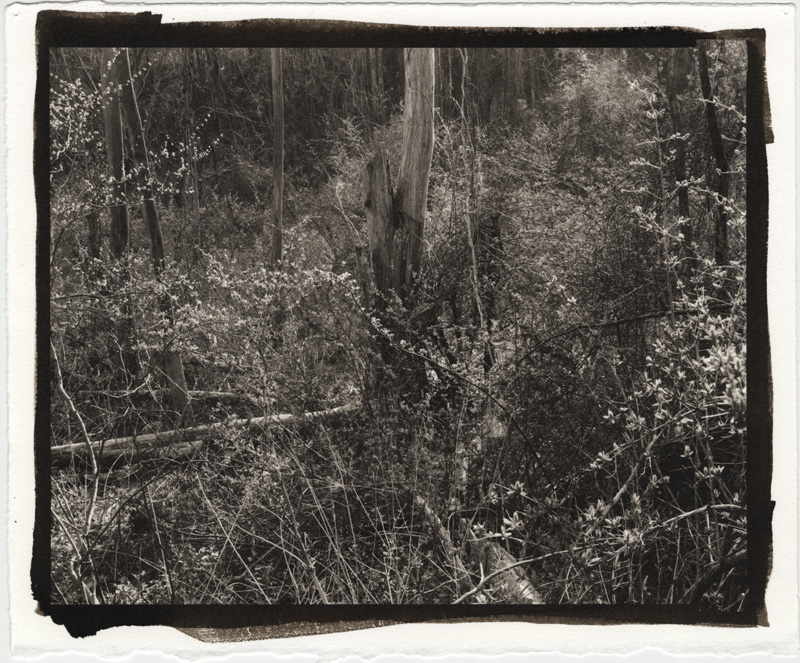I was interviewed over the weekend as part an analternative process even being held in a few cities in China in 2013. One of the questions had to do with the specific aspects of alternative process are most important in terms of my photographic expression, especially now, considering the ease of making extremely fine prints inkjet prints. It has been something that I have been thinking about for sometime, and having to answer it gave me a reason to really solidify those ideas.

Edward Weston, Point Lobos, 1945
There are two aspects to it for me. The first is aesthetic: A lot of my work can be characterized as being visually dense and a little on the darker side of the tonal scale, and for me, the thing I love most about platinum/palladium prints is the chocolate glow of the 3/4 tones—those tones right above the darkest blacks that extend up to the middle grays. Being able to get those deep rich black while still retaining separation in low values gives a print a glow similar to Edward Westons gelatin-silver prints made in the 1930s and 40s that sometimes had little to no tones above a middle gray. When looking at a well made platinum print there is something different about quality of light as it is reflected back to you through the noble metals in the paper than the layer of ink on paper you have with an inkjet print.
The second factor is the actual practice of print making. This is totally personal, but I feel more emotionally connected to an image and a print that I make by hand—from tearing down the paper, to coating, to the processing and washing final display of the print. It just ends up giving me much more personal satisfaction than even a gelatin-silver print. I think that feeling is the same for a number of photographers as well, and why we have seen a huge resurgence of photographers implementing alternative processes into their work.



